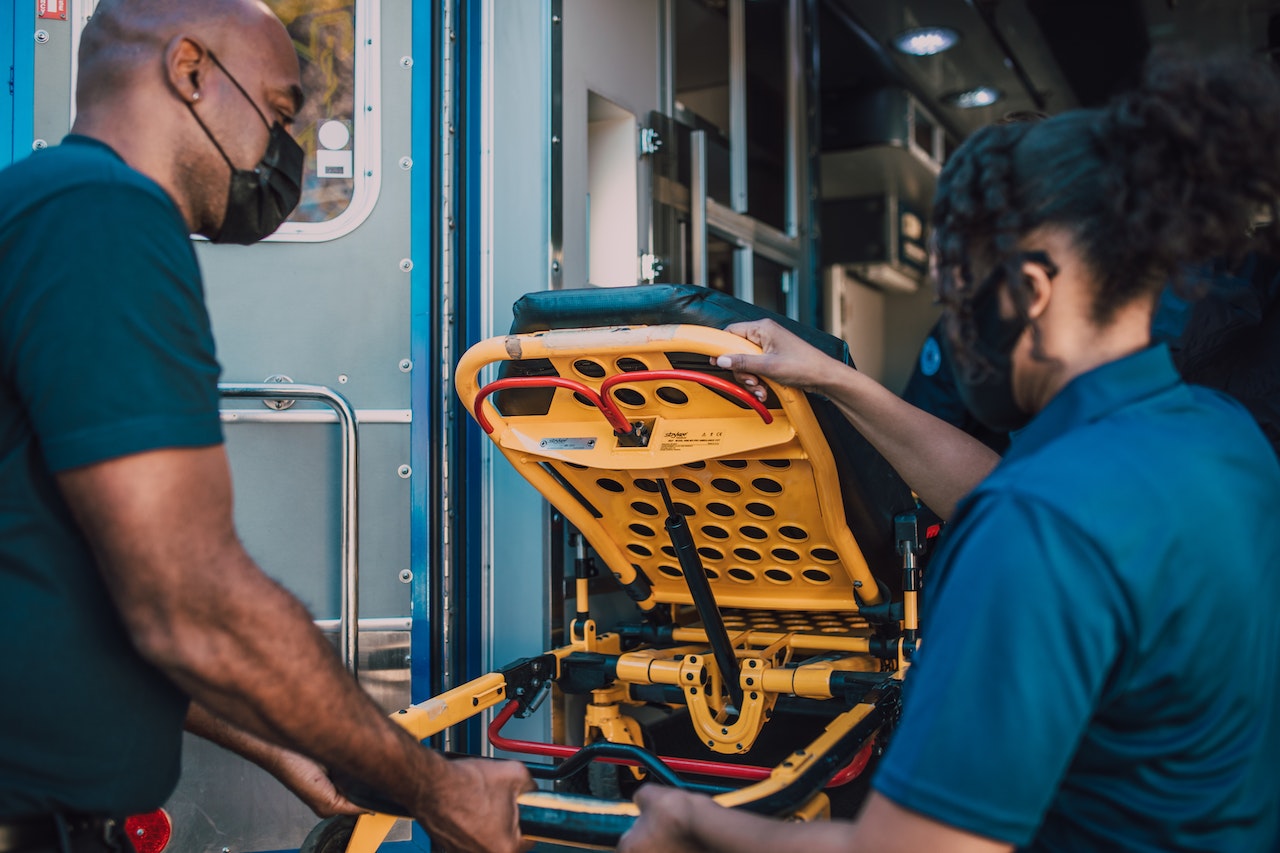There has never been a time where our accident and emergency departments have been in more of an… emergency. Hundreds of doctors, nurses and ICU staff have described conditions akin to a war room triage centre with casualties being pointed to different areas converted to house patients, as well as patients waiting in beds in corridors and side rooms. Coronavirus, flu and RSV are among the reasons for the pressures, with waiting times soaring above the records previously seen. Health leaders, however, say that this is no acute emergency – rather, it’s a crisis of chronic underspending coming to an ugly head, with up to 200 patients a week dying unnecessarily due to the lack of beds, ambulances and staff.
In a secret A&E disclosure in the Guardian, an A&E doctor describes waiting times for beds as being the highest in a century as they struggle to get patients the care they need, “But there aren’t enough beds and discharging patients who are medically ready to leave can be difficult. As a result, the wait time for an inpatient bed is around 48 hours and sometimes recently has hit 72 hours”. Aside from bed waiting times, the average time for urgent ambulance response times for life threatening emergencies was 10 minutes and 57 seconds. This is up from the previous response time of seven minutes when records began in 2011. For those with category 2 ambulance calls such as heart attacks, patients were waiting for over an hour and a half – up from the target of 18 minutes. Bear in mind, every minute a patient is not treated, myocardial tissues (heart cells) begin to die irreparably and increase the likelihood of poor recovery and mortality.

Some recent figures released by NHS England show;
50.4% of patients attending major A&E departments not seen within the target time of four hours - the first time on record the figure has been more than half
NHS England waiting lists for routine procedures such as cataracts operations falls from 7.21m to 7.19m - although this is still the second highest figure on record
The proportion of cancer patients in England who saw a specialist within two weeks of an urgent GP referral grows from 77.8% in October to 78.8% in November
With bed pressures, the disclosing A&E worker in the Guardian said, “we’re now in a position in our A&E where we are looking after a ward and a half of admitted patients, who take up the bedded spaces, while simultaneously running an emergency department out of the corridor and waiting room. Having to manage the very sick in inappropriate areas is now becoming the norm”. Recent analysis by Health.org showed that even if Steve Barclay, the health secretary, completes his plans to speed up bed turnover, almost 30,000 beds are needed by 2030 to maintain our pre pandemic standards. The Health Foundation indicates that to fulfil this, the cost could be “between £17bn and £29bn”, but depends on the standard of care at the time, inflation and other monetary pressures.
Signing off their damning tell all, the source from the Guardian stated, “As an example of the intense pressures EDs are under, we recently had to move a patient out of a cubicle to a corridor. That was so the person in the corridor, who was more critically unwell – who was dying in fact – could die anywhere other than a corridor. This was a frail elderly person who, at triage, was found to have irreversible pathology. We knew they would die, and fairly imminently. From a compassion point of view, the corridor would have been a dreadful place to die”.
